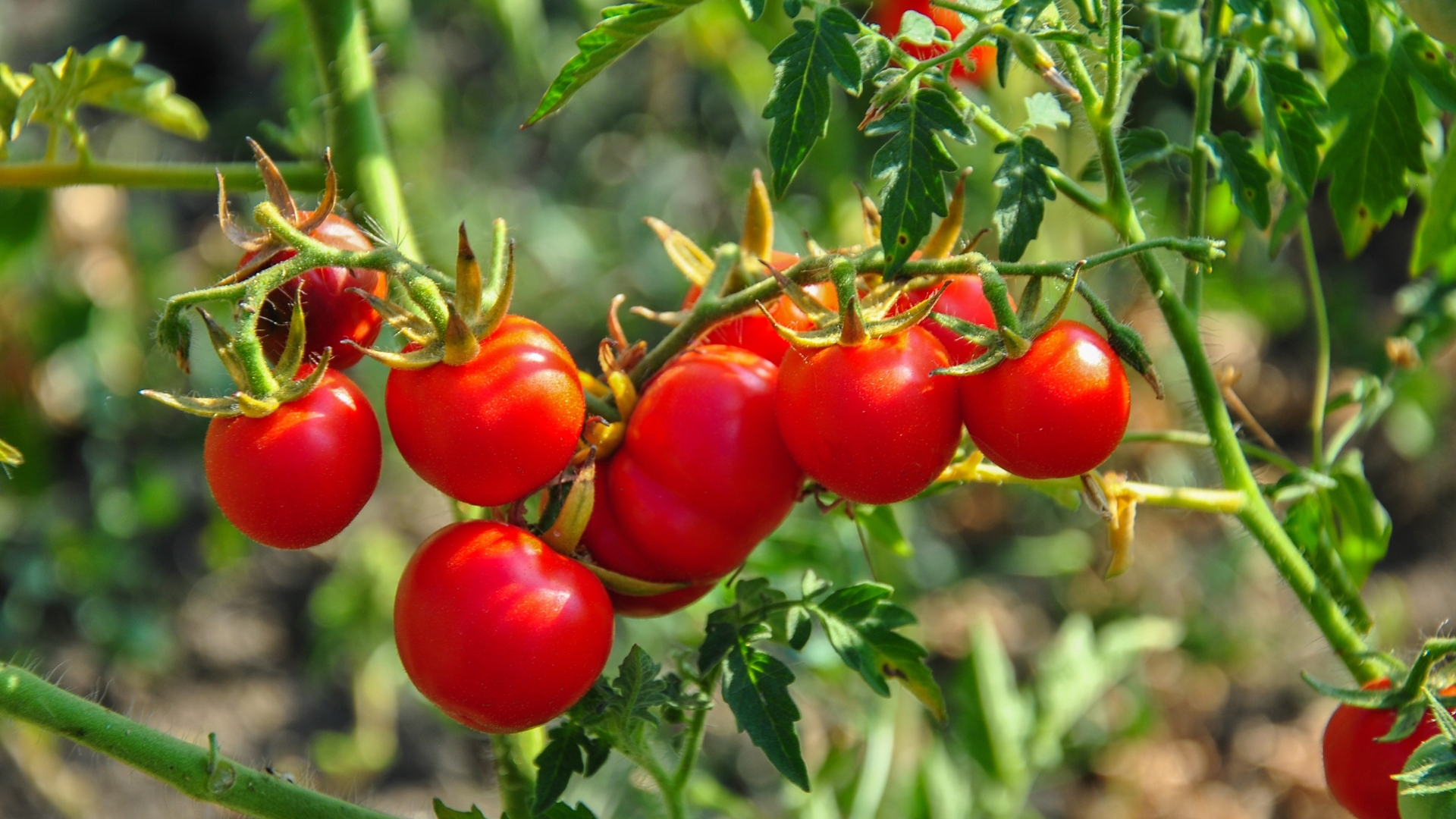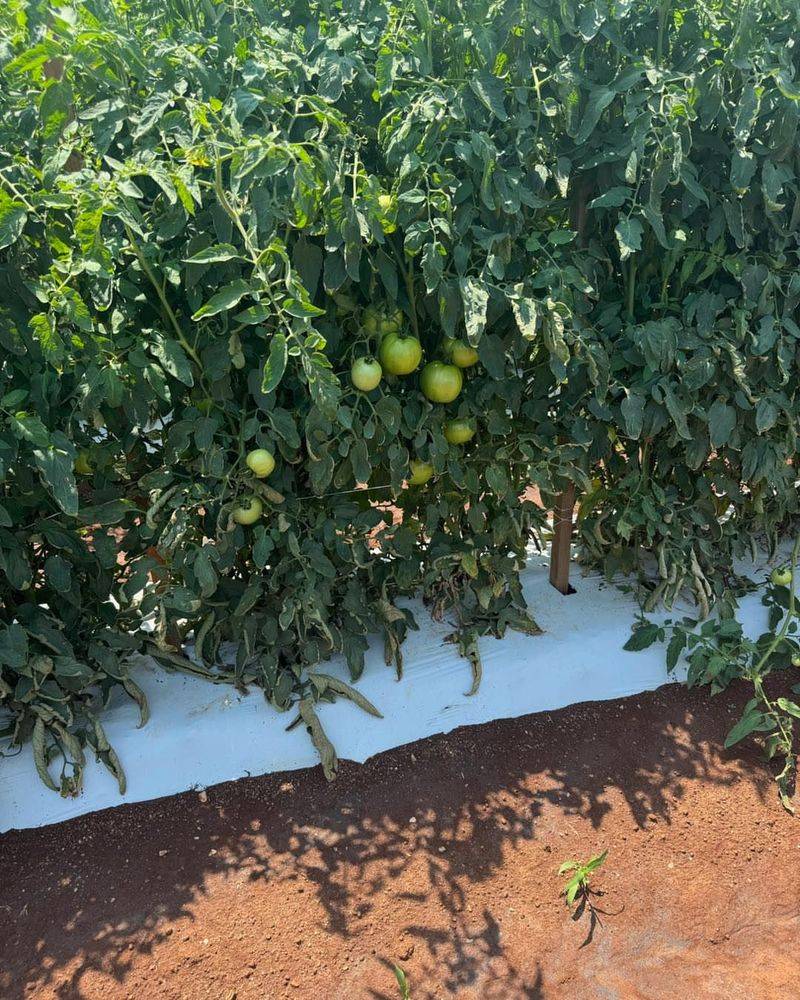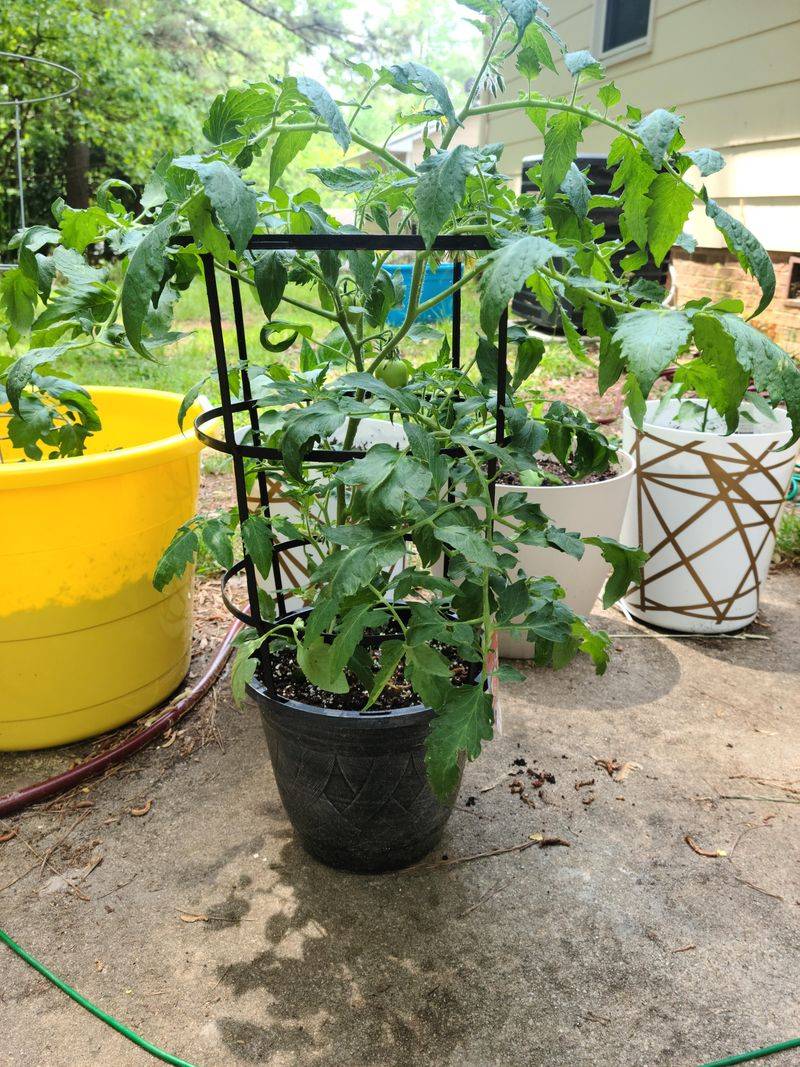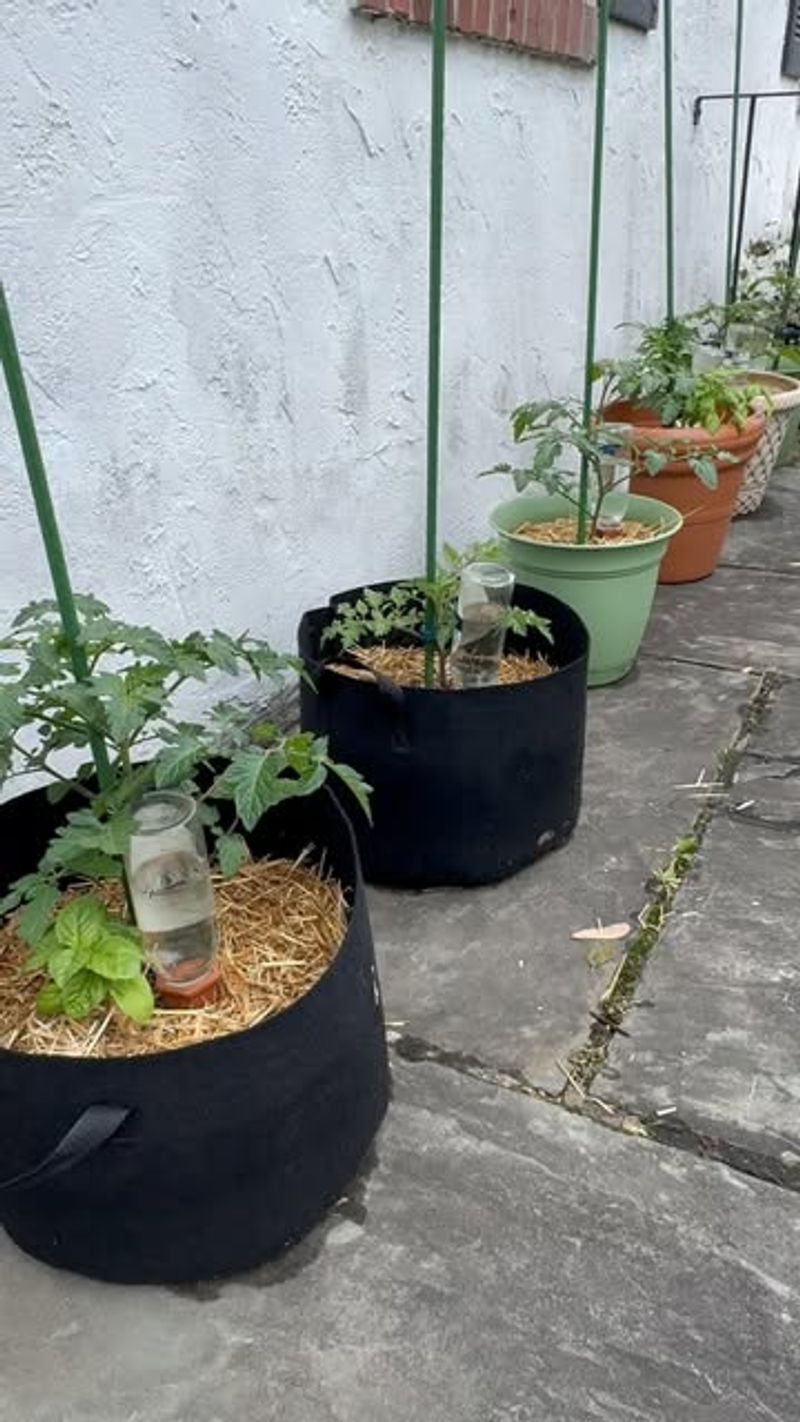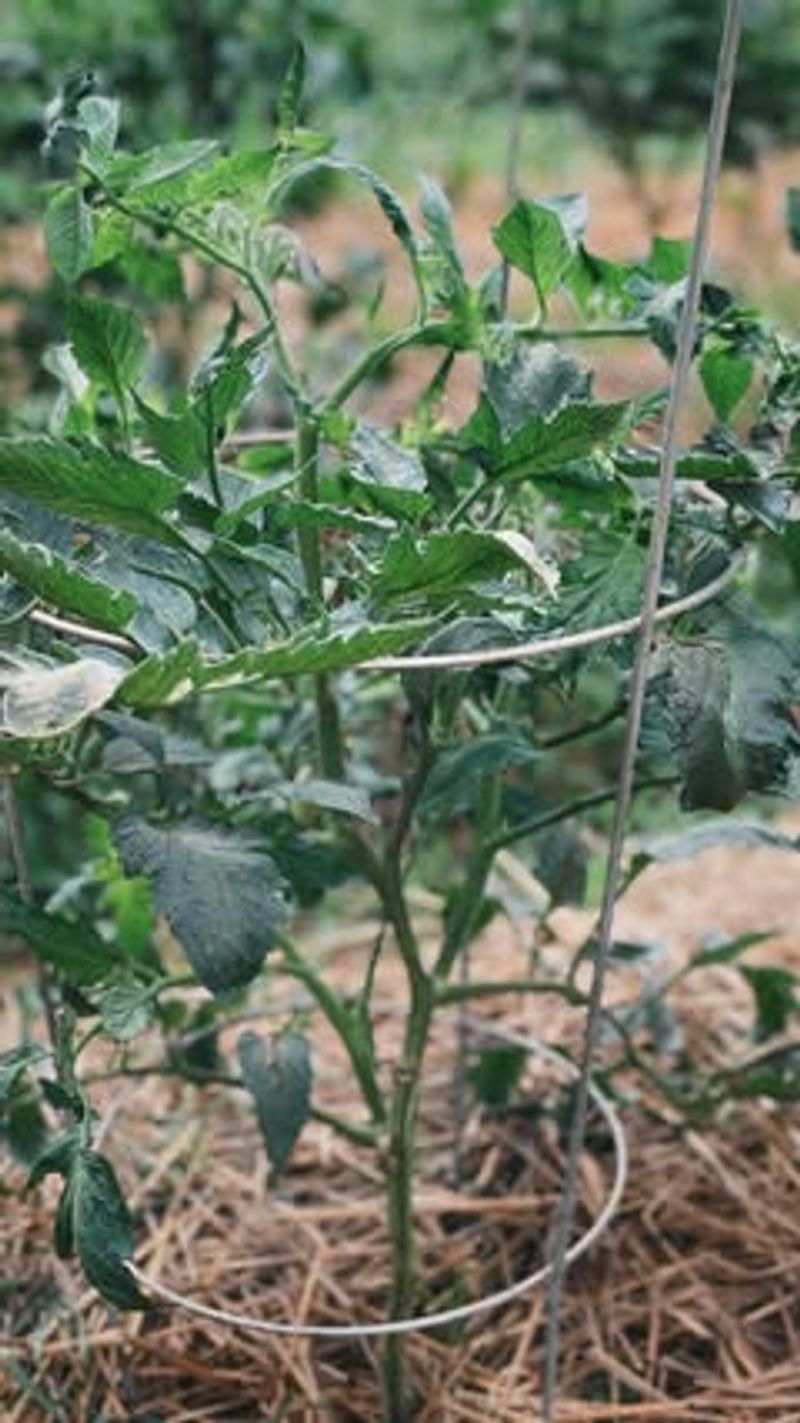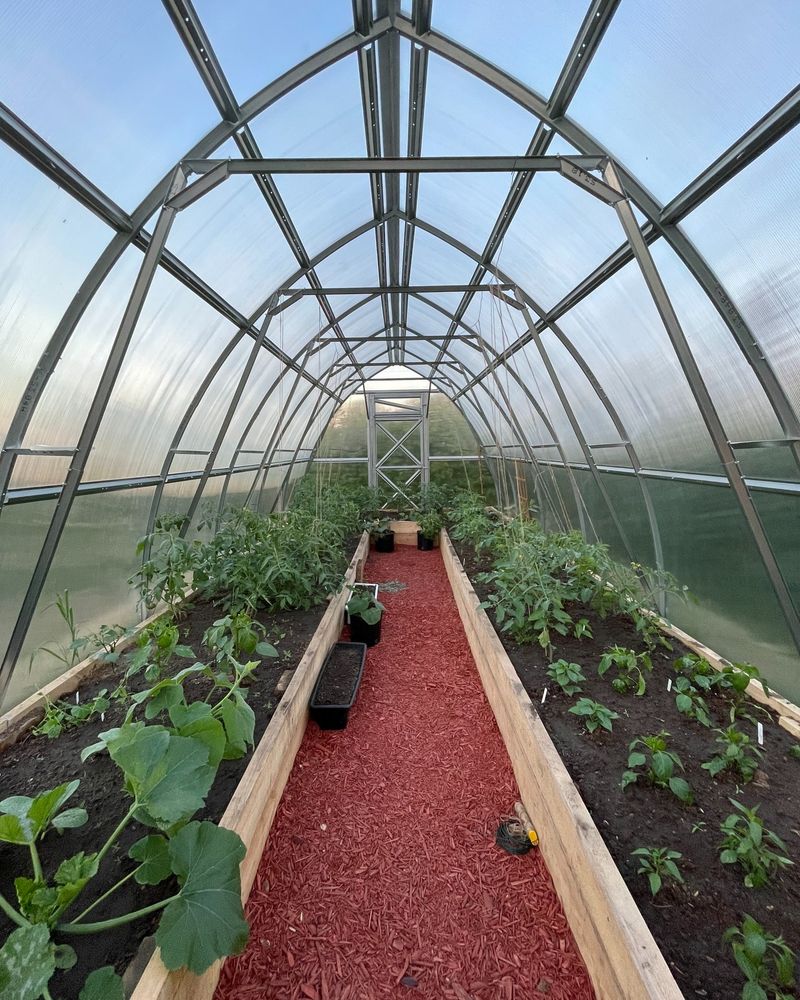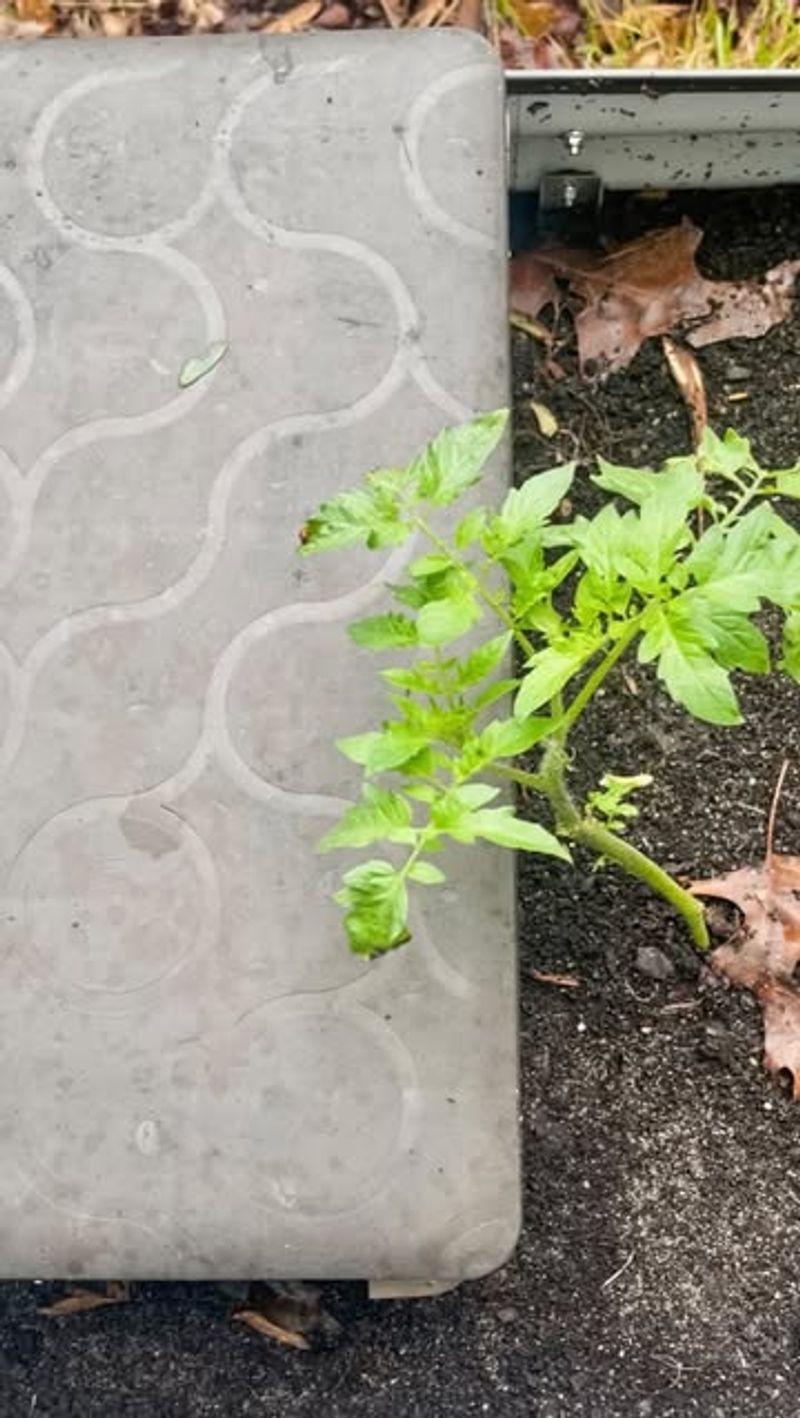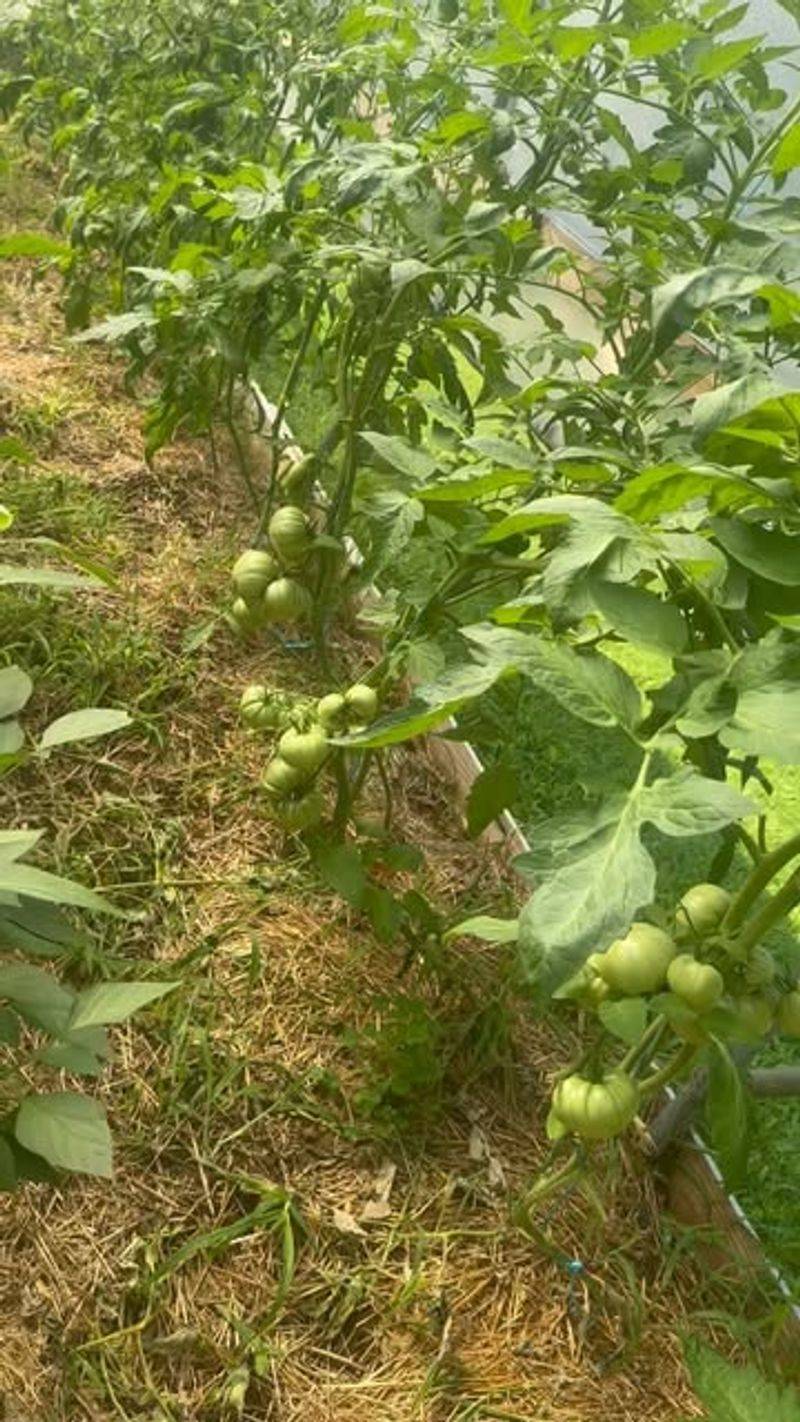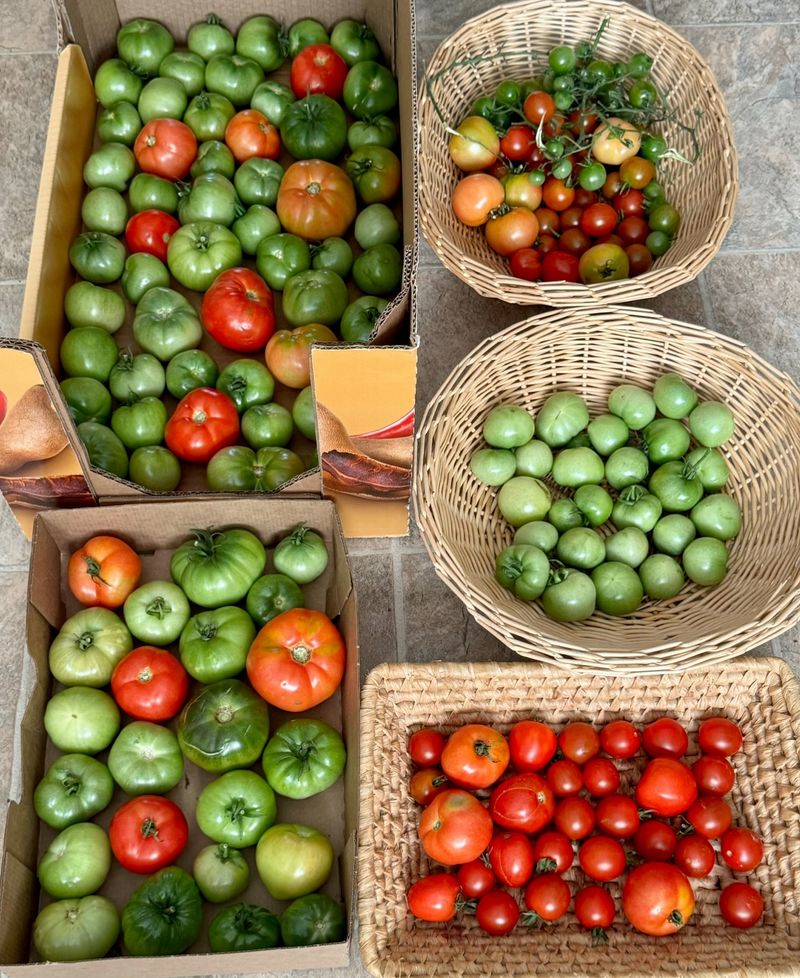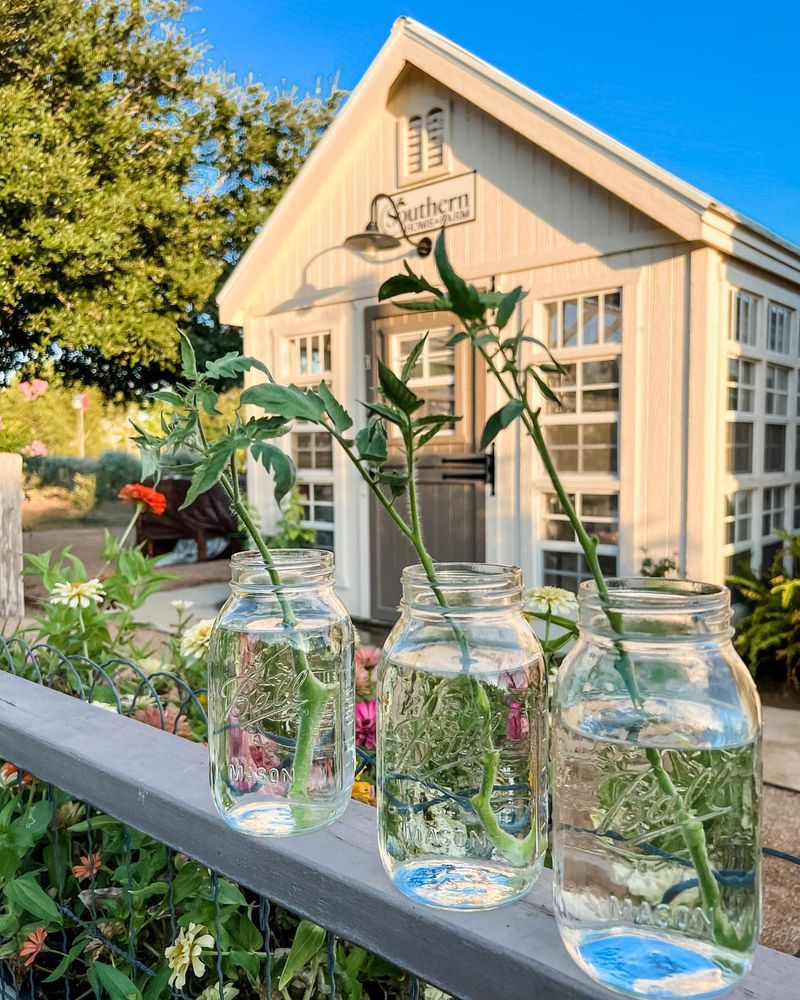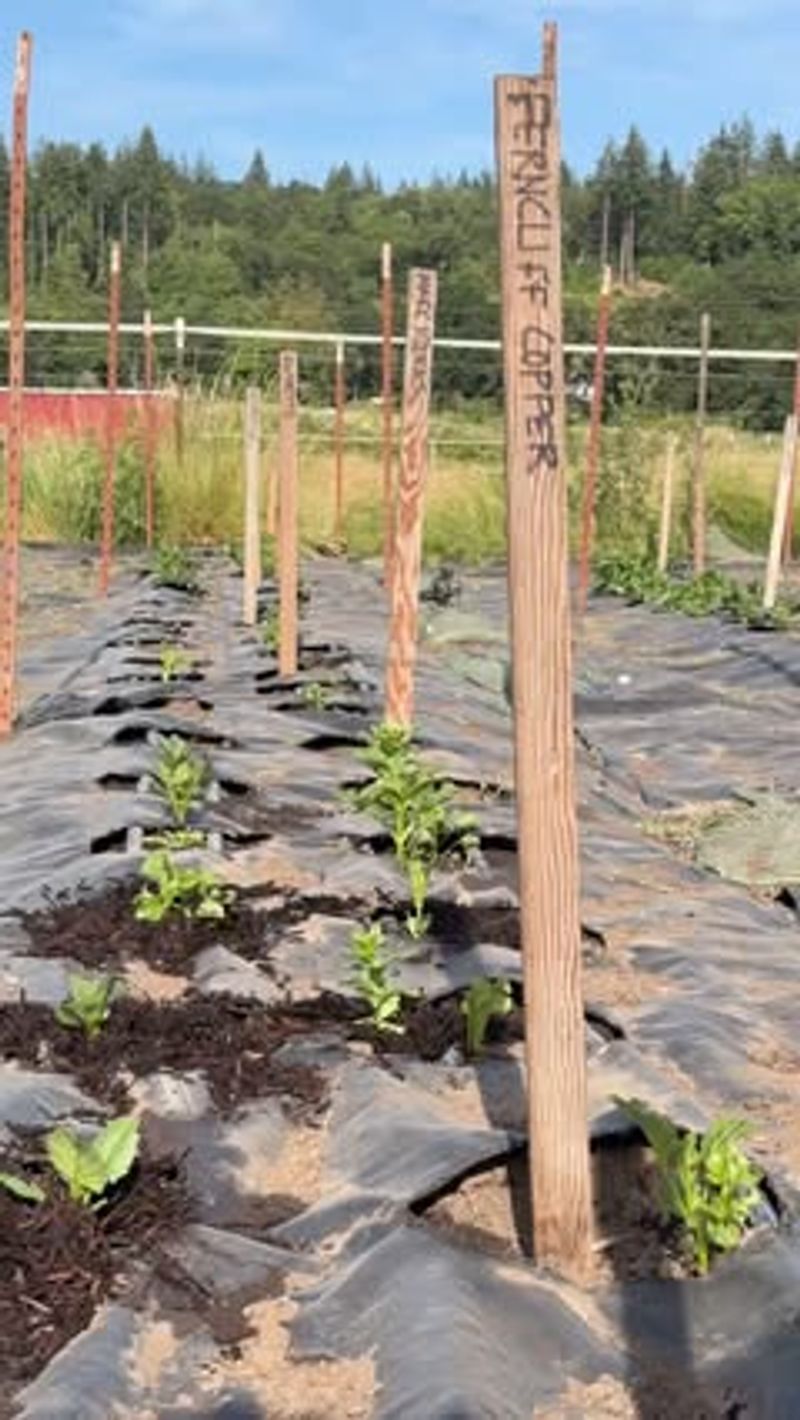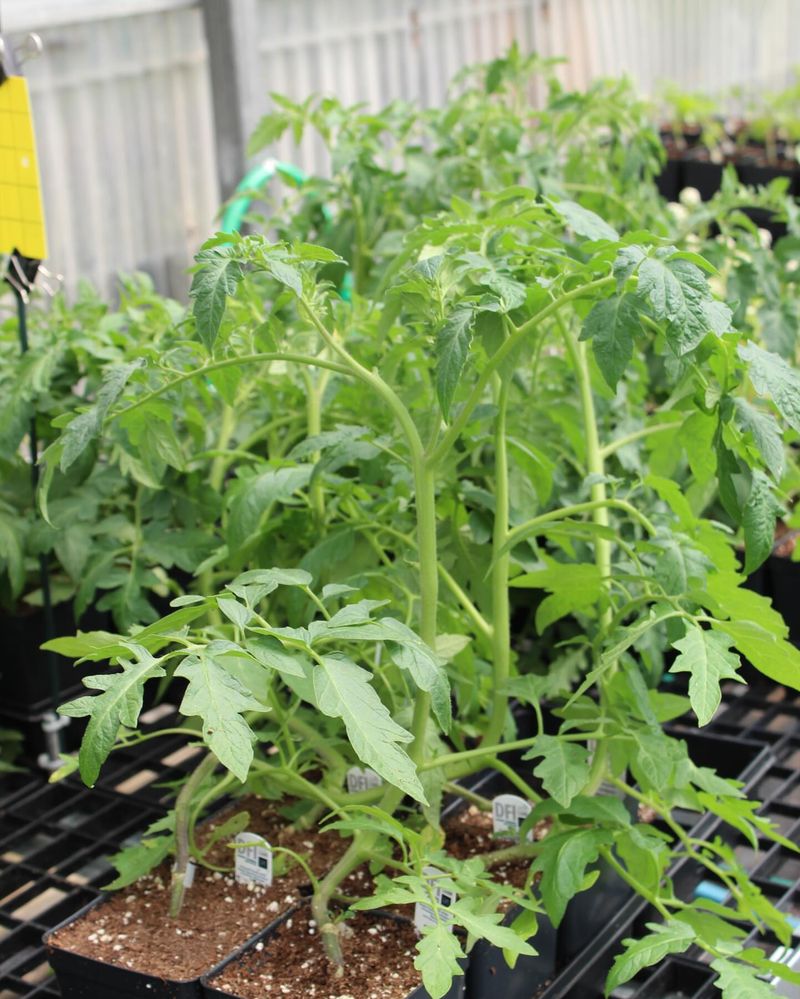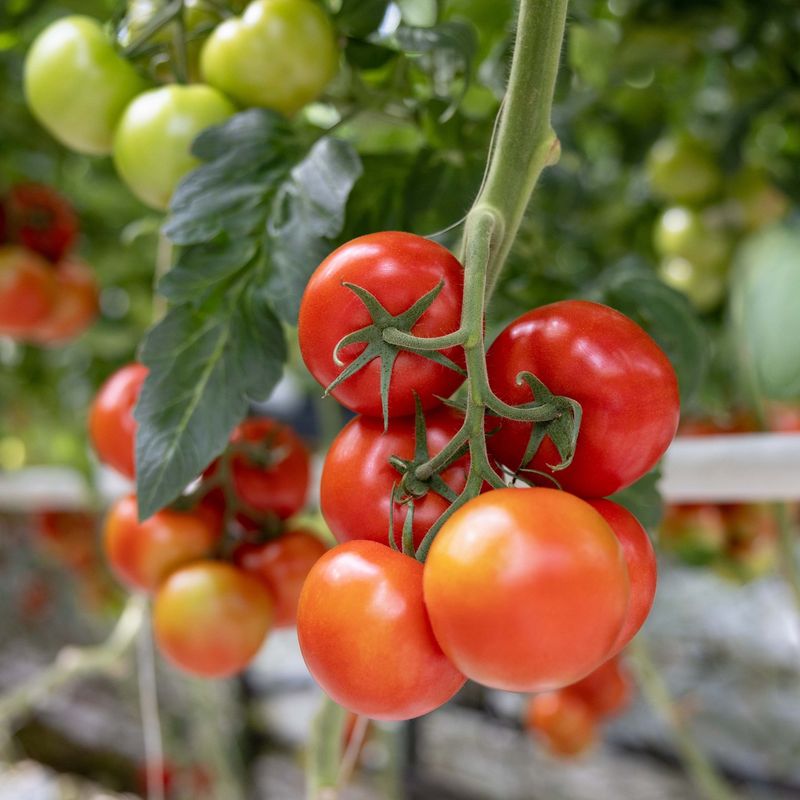Getting a second tomato crop in Indiana isn’t just a dream—it’s totally doable with a little planning. I’ve pulled it off a few times by knowing exactly when to start new plants and how to give them a quick, strong start.
The trick is beating the first frost while squeezing in enough sun and warmth. With the right variety and a bit of care, you’ll be picking fresh tomatoes long after others have wrapped up for the season.
Let’s get that second wave growing and keep the tomato goodness going strong!
1. Plant Fast-Maturing Varieties
Early Girl and Fourth of July varieties can produce ripe tomatoes in just 50-60 days. Perfect for Indiana’s late summer planting when you need quick results before the first frost hits.
Look for these speedy producers at local Indiana garden centers where they often stock varieties specifically chosen for our growing conditions.
2. Try Succession Planting
Stagger your tomato plantings every two weeks from April through July. This clever timing trick ensures you’ll have plants at different growth stages throughout the Indiana growing season.
Many Hoosier gardeners mark their calendars specifically for succession planting dates, treating it like a strategic game against our unpredictable weather patterns.
3. Protect From Early Frost
Cover tomato plants with old bedsheets or commercial frost cloth when temperatures threaten to drop below 40°F. These temporary shelters trap heat and can extend your Indiana growing season by several crucial weeks.
Resourceful gardeners across the state keep milk jugs filled with hot water near plants for additional warmth during those chilly autumn nights.
4. Grow Determinate Types
Roma and Celebrity varieties produce their entire crop within a short window, making them perfect for a planned second harvest. Their predictable growing pattern works wonderfully with Indiana’s defined seasons.
Harvest the first round completely, then replant for a focused fall crop that won’t be interrupted by our state’s early winter weather.
5. Utilize Container Gardening
Five-gallon buckets or grow bags allow you to move tomato plants indoors when cold weather threatens. This mobility is a game-changer for extending harvests in Indiana’s unpredictable fall climate.
Many Indiana apartment dwellers use this method successfully, bringing containers to protected porches or sunny windows when temperatures drop unexpectedly.
6. Implement Pruning Techniques
Remove lower leaves and suckers to redirect the plant’s energy toward ripening existing fruit faster. This technique helps Indiana gardeners beat the clock when frost dates approach.
The practice has become something of a ritual among experienced Hoosier tomato growers who know exactly which growth to remove for maximum late-season production.
7. Create Microclimates
Plant against south-facing walls where heat radiates even after sunset. These warm pockets can be 5-10 degrees warmer than the rest of your Indiana garden, extending your growing season significantly.
Clever gardeners throughout the state also use dark-colored mulch to absorb daytime heat and release it slowly during our cool autumn nights.
8. Save Volunteer Seedlings
Those surprise tomato plants that pop up from last year’s fallen fruit often mature quickly. Indiana gardeners discover these volunteers in compost piles or between garden rows during midsummer.
Carefully transplant these free plants to a sunny spot, and you’ll often get a bonus crop without spending a dime – a thrifty tradition among Hoosier gardeners.
9. Employ High Tunnels
Simple PVC hoops covered with plastic create miniature greenhouses that trap heat. This affordable setup can extend Indiana’s growing season by 4-6 weeks on both ends of summer.
Farmers markets across our state feature produce from high tunnel systems, showing how effective this method is for commercial and home growers alike.
10. Ripen Green Tomatoes Indoors
Harvest mature green tomatoes before frost and place them in paper bags with a ripe banana. The ethylene gas will speed ripening, giving Indiana gardeners fresh tomatoes weeks after the growing season ends.
This old-timer technique has been passed down through generations of Hoosier families who refuse to waste even a single green tomato.
11. Start From Cuttings
Take 6-inch cuttings from existing plants and root them in water for fast-growing new plants. This method bypasses the slow seedling stage, giving Indiana gardeners a crucial head start for fall crops.
Master gardeners throughout our state demonstrate this technique at county fairs, showing how quickly tomato cuttings establish compared to seed-started plants.
12. Apply Season-Extending Mulch
Red plastic mulch reflects specific light wavelengths that accelerate tomato ripening by up to two weeks. This scientific approach helps Indiana gardeners maximize production before our first frost typically arrives.
University extension offices across the state have conducted trials confirming this method works particularly well in our Midwest growing conditions.
13. Try Grafted Plants
Grafted tomatoes combine hardy rootstock with productive top varieties, creating super plants that produce longer. These specialty plants are becoming increasingly popular at Indiana nurseries for good reason.
The robust root systems handle our state’s temperature fluctuations better, often continuing to produce when standard tomato plants have given up for the season.
14. Water Strategically
Reduce watering in late summer to stress plants into ripening existing fruit quickly. Then resume normal watering to trigger new growth and blooms for a second round of tomatoes in Indiana’s fall season.
This counter-intuitive technique mimics our natural rainfall patterns and tricks the plants into a final productive push before winter arrives.

